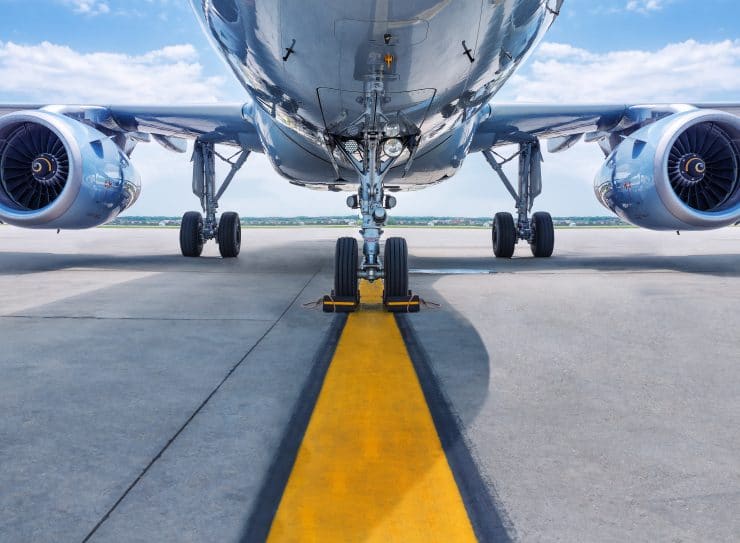Sustainable and cost-efficient solutions are much needed for transportation to reach the “net zero” goal. To that end, a separate aviation blending mandate for sustainable aviation fuels (SAF), promoted by the Commission, is fundamentally flawed and risks impacting the concept of technology neutrality, which has been endowed by the EU to promote all technologies through a neutral and fair approach. The SAF proposal relies too heavily on waste feedstocks (from both parts A and B of Annex IX of the Renewable Energy Directive, REDII), even though those feedstocks have been used more efficiently, cheaply, and sustainably in road and maritime transportation for close to 15 years already.

